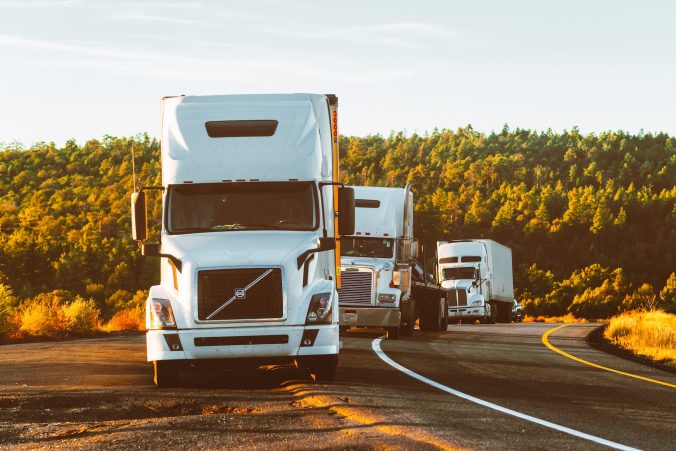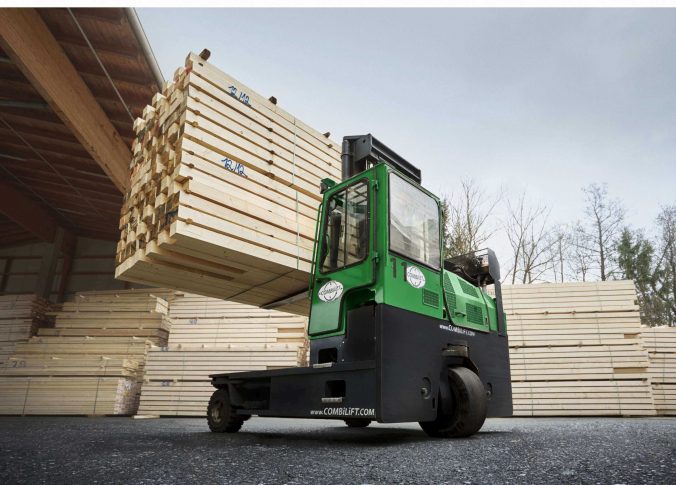Moving heavy loads is a normal part of warehouse and industrial work.
In order to keep employees safe and productive, it is important to have a well-designed plan for moving heavy loads. There are several factors to consider when planning for the safe movement of heavy loads, including the type and size of the load, the route that will be taken, and the available resources.
Equipment to Move Heavy Loads
One option is to use a crane, which is able to move heavy loads long distances, and it can also be used to place heavy loads in specific locations.
Another useful piece of equipment is the dollies. They can be used to move heavy loads short distances, and they can also be used to navigate tight spaces.
Finally, the most used machinery is the forklift. It can be used to move heavy loads around a warehouse or industrial facility relatively easily.
Moving heavy loads safely is essential in a warehouse or industrial setting, so it is important to choose the right method for the specific task at hand.
What is a forklift?
A forklift is a type of industrial truck that is used to move heavy loads.

They have forks that are used to lift and move pallets, crates, and other large items.
Typically have a lifting capacity of between 1 and 5 tons and can lift loads to a height of around 20 feet.
They can also be fitted with other attachments, such as claws, baskets, or grapples, to allow them to move more and different types of materials. Moreover, some of them have four wheels, and others have tracks, which helps them to move more smoothly over rough terrain.
Finally, they are powered by either gasoline or diesel engines, or batteries, depending on the model.
Forklifts can also be used to load and unload trucks, and to move materials around a warehouse or storage facility. In some cases, forklifts may even be used to move finished products from a production line to a shipping area. In addition to its practical applications, a forklift can also help improve safety in the workplace. By freeing up employees from having to lift heavy objects by hand, forklifts can help reduce the risk of injuries.
They are used in many different industries, including construction sites, agriculture, manufacturing, logistics, and outdoor settings.
Even if they are a necessary tool for many organizations, because they may help to increase efficiency and productivity. They can also be dangerous if not used properly. Forklift operators must be properly trained and certified before operating a forklift, and safety precautions should always be followed to avoid accidents.
Types of forklifts
There are many types of forklifts available on the market, each designed for specific purposes. Some of the most popular types include:
Counterbalance forklifts
These are the most common type of forklift and are typically used indoors for tasks such as loading and unloading trucks. They have a weight at the back of the machine that helps to counterbalance the load in the forks.
Reach forklifts
These forklifts are designed for reaching high shelves and racks in warehouses. They have extendable forks that can be raised and lowered, as well as side-shifting capabilities.
Telescopic forklifts
These machines are similar to reach forklifts but have an extending boom instead of forks. They are often used for tasks such as loading and unloading shipping containers.
Articulating forklifts
These forklifts have articulating booms that can be pivoted to reach items that are not directly in front of the machine. They are often used in construction applications.
On the market is existing a piece of equipment that it provides all-in-one forklifts. This machinery is the COMBILIFT!
What is a Combilift?
The Combilift is the world’s first IC engine-powered all-wheel-drive multidirectional forklift. It’s a forklift with a side-loader that has been modified. It is designed to be used in confined spaces, such as warehouses and factories, where traditional forklifts cannot operate.

Unlike traditional forklifts, Combilift has a four-way steering system that allows them to manoeuver in tight spaces and turn in place.
Combilift’s are available in a variety of sizes and configurations to meet the needs of different applications. Some Combilifts have both lifting and lowering capabilities, while others only have lifting capabilities.
In addition, they are equipped with extendable forks that can be extended outwards to load or unload wide loads such as pallets. Also, they can be fitted with a variety of attachments, such as forks, buckets, and winches, that can be adjusted to accommodate different load sizes. This makes them even more versatile than traditional forklifts and allows them to handle a wide range of material-handling tasks.
Customised to individual requirements, with lift capacities from 2.5 to 25 tonnes. Combilift’s are available in a variety of configurations, including electric, diesel, and natural gas-powered models.
Finally, they are renowned for their safety features, including an enclosed cab that protects the operator from falling objects, and a stabilizing system that prevents the machine from tipping over.
KEY FEATURES OF COMBILIFTS
This is a summary of the key features of Combilift:
- Extensive range of lift heights up to 9m;
- Lift capacities up to 80 tonnes;
- LP Gas, Diesel, and Electric battery-powered engines;
- Custom attachments available;
- Work in guided aisles as narrow as 210cm;
- Multi-directional steering options;
- Suited for indoor and outdoor use.
These make Combilift an essential piece of equipment for any business that needs to move large or bulky items.

BENEFITS OF COMBILIFT
Combilift are popular in the timber, gas, and steel industries, among other product industries. The following characteristics set them apart.
Safer Product Handling
The Combilift is intended to safely transport heavy loads. The units eliminate the necessity to travel with heavy items raised high, resulting in more stability. The low center of gravity and integrated platform increases the Combilift’s stability. It is certified to the CE machinery directive and meets ANSI/AMSE, B56.1 standards.
Space Saving
Combilift forklifts are outfitted with a one-of-a-kind four-way steering system through the use of cutting-edge, patented technology. This system allows to travel sideways with long loads, then it gives the user multi-directional capability, and it saves space up to 100%.
Long Load Handling
The Combilift minimizes the amount of handling that products need by being able to easily move through doorways that are smaller than the load it carries. As a consequence, there is less product damage and safer handling, as well as fewer oversized doors or conveyors.
Unique versatility
Combilift’s flexibility allows you to complete the task with total confidence, whether it’s moving hardware supplies from a trailer to a rack in one operation or loading a truckload of varied construction material with just one forklift.
The versatility of these Combilift’s makes them ideal for a wide range of working situations, such as pipes, structural steel, timber, aluminium, and window manufacturing, especially when they must carry long and bulky loads.
Conclusion
Last, of all, Combilift ensures that your company is in compliance with the new regulations and provides a highly maneuverable, flexible, adaptable, and cost-effective solution.
Therefore, with careful planning and combilifts, warehouse and industrial workers can safely move heavy loads without incident.



